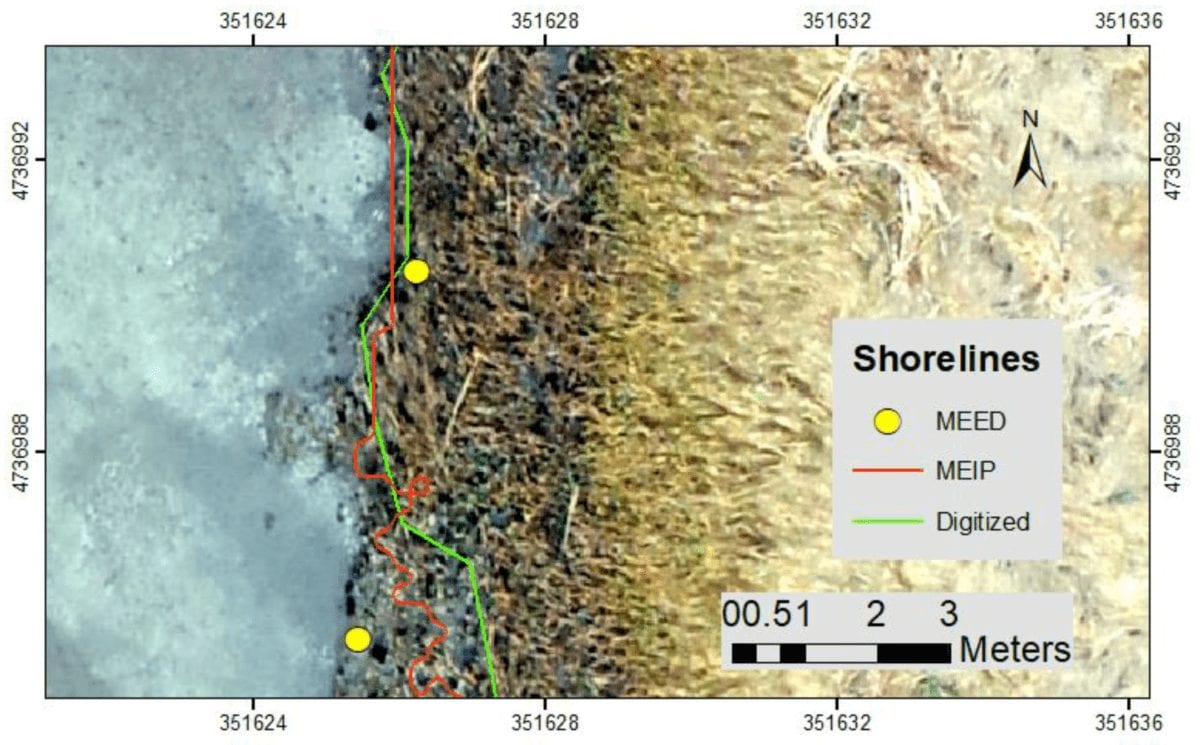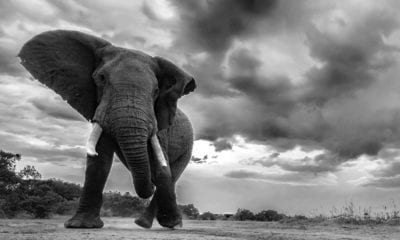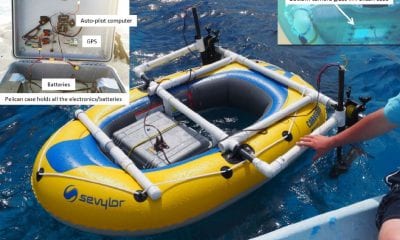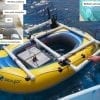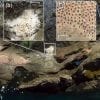
Conservation
Drones Help Avert a Turtle Disaster: Researchers Share Stunning Footage
Drones Help Avert a Turtle Disaster: Researchers Share Stunning Footage
Drones are changing the face of turtle research and conservation and research scientists at the University of Exeter believe drones could revolutionise turtle research and conservation.
Ecologist Dr Alan Rees says ‘stunning’ drone footage (shown below) might well encourage greater public interest and greater public involvement in turtle conservation.
In a report published this week, scientists report drones are being increasingly used to track turtles and, as these unmanned flying machines are able to follow turtles across large areas and explore difficult locations in daylight and at night, they are able to gather far more detailed data across wider areas than ever before. Dr Rees says while satellite systems and aircraft have transformed turtle conservation, drones can offer cheaper and often more effective ways of gathering information and have quickly become a key resource for scientists.
Dr Rees also says as more knowledge is gleaned about turtles behaviour and movements at sea, drones are also offering new approaches regarding anti-poaching strategies.
However, the use of drone technology in animal research does not come without challenges. The high volume of data and imagery collected in such research also presents difficulties that can result with regard to storage and analysis of large amounts of imagery. As part of the research, the scientists suggest expansion of data-gathering abilities of the UAVs; for example, collecting data from sensors placed on turtles. In that regard, they intend to develop methods to serve as case studies for the use of UAVs in sea turtle research and other marine or terrestrial flora and fauna.
Then, there are legal and ethical constraints and implications which scientists must consider and operate within.
Dr Alan Rees, of the Centre for Ecology and Conservation on the University of Exeter’s Penryn Campus in Cornwall and his study “‘The potential of unmanned aerial systems for sea turtle research and conservation: a review and future directions”, which appears in the journal ‘Endangered Species Research’ – warns that drones cannot fully replace ground work and surveys and says more research is needed to understand “if and how turtles perceive drones during flight and whether this has an impact on them.”










